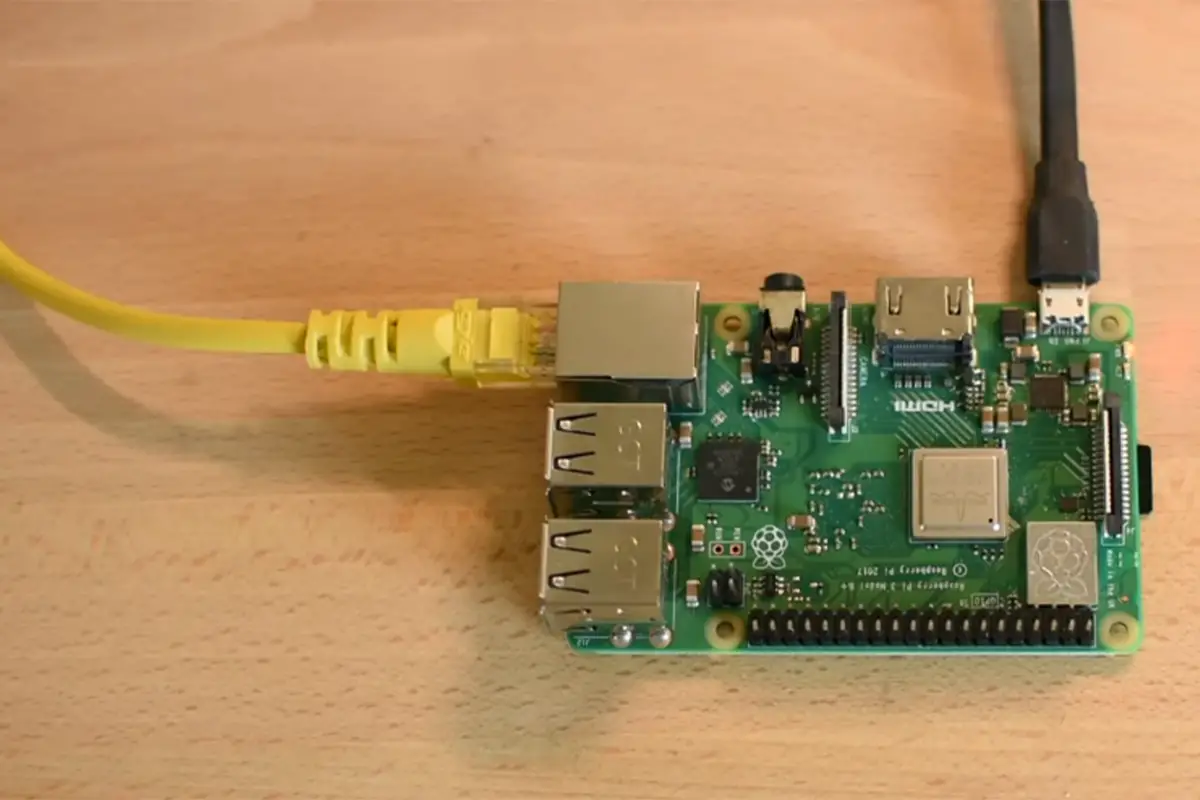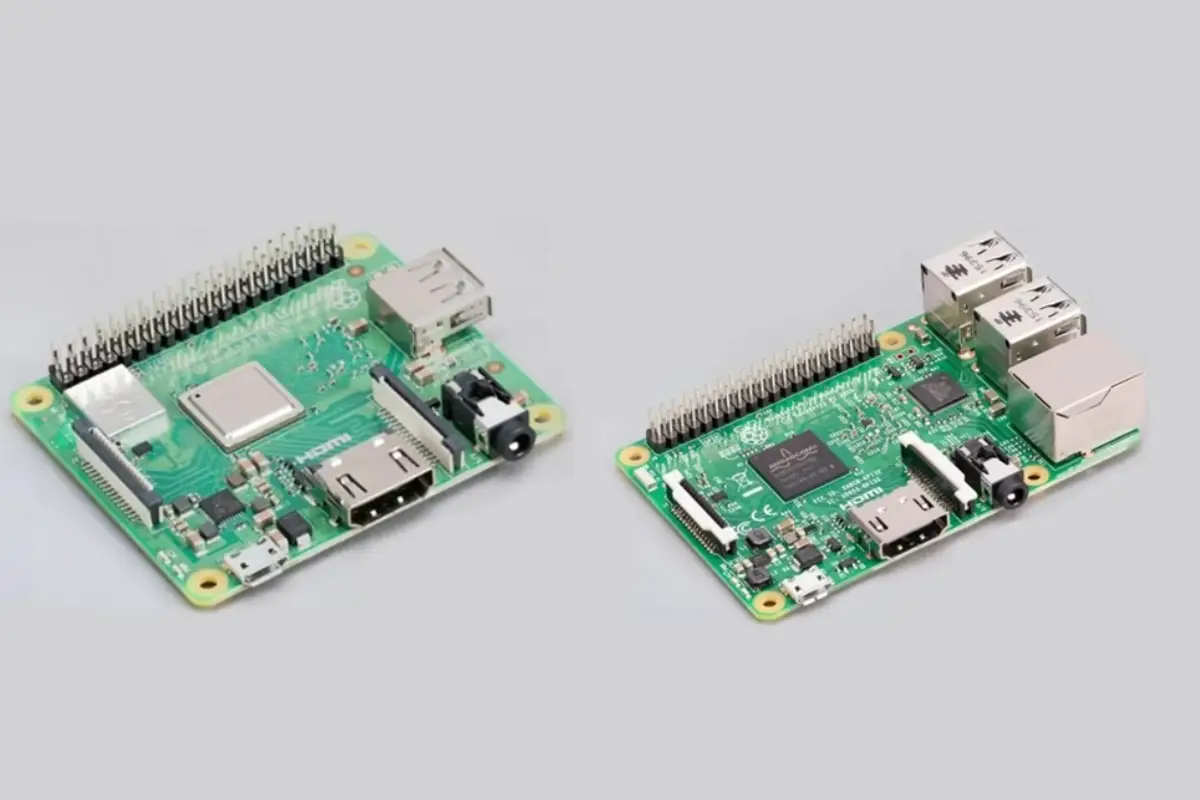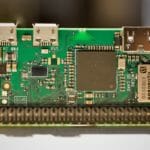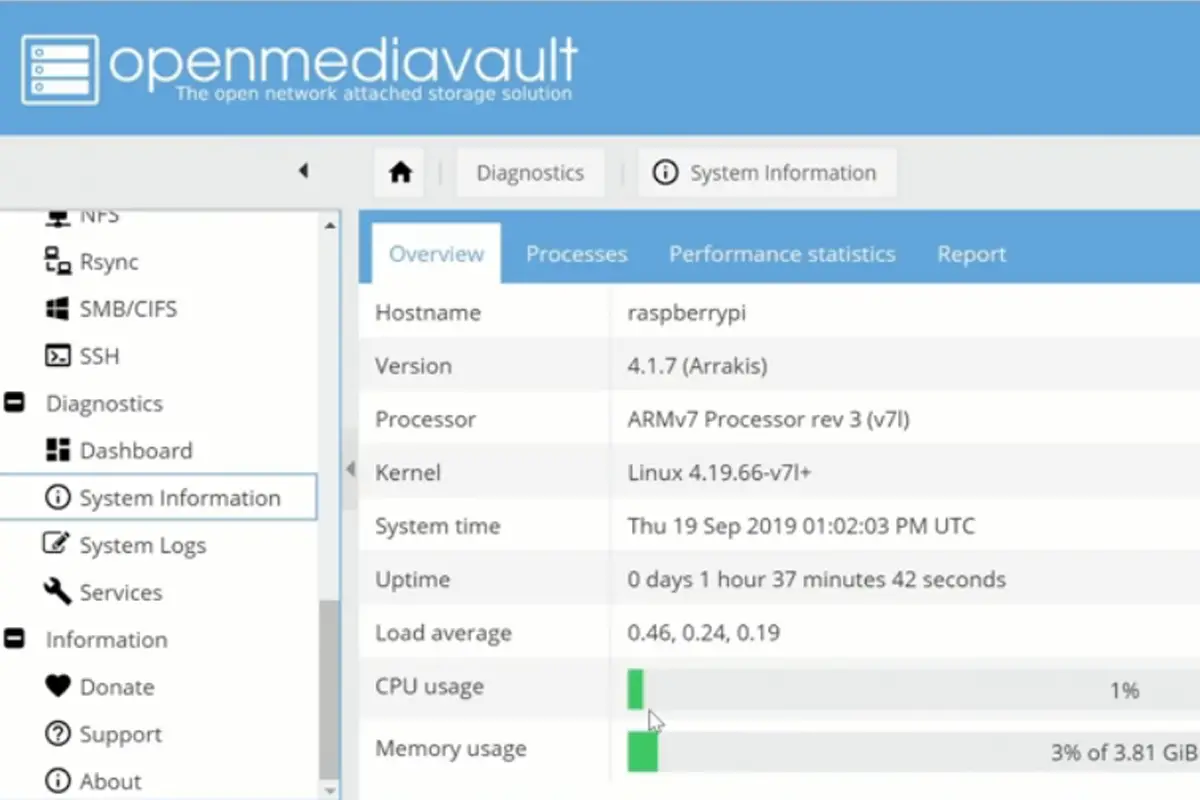RetroPie is a free, open-source software project that allows users to play classic video games on their computers. It was originally developed by Team Xecuter in 2009 as an alternative to the commercial emulators available at the time, which were often difficult or impossible to install on many systems.
The project has since been taken over by the community and continues to be actively maintained. Popular RetroPie games include Super Mario Bros., Contra, Metroid, Tetris, Doom, Pac-Man and more.
These games have withstood the years and continue to be loved by the public.
If you are here, you probably need to figure out how to configure controller RetroPie. Fear not – we have all the answers. Let’s check out the answer below.
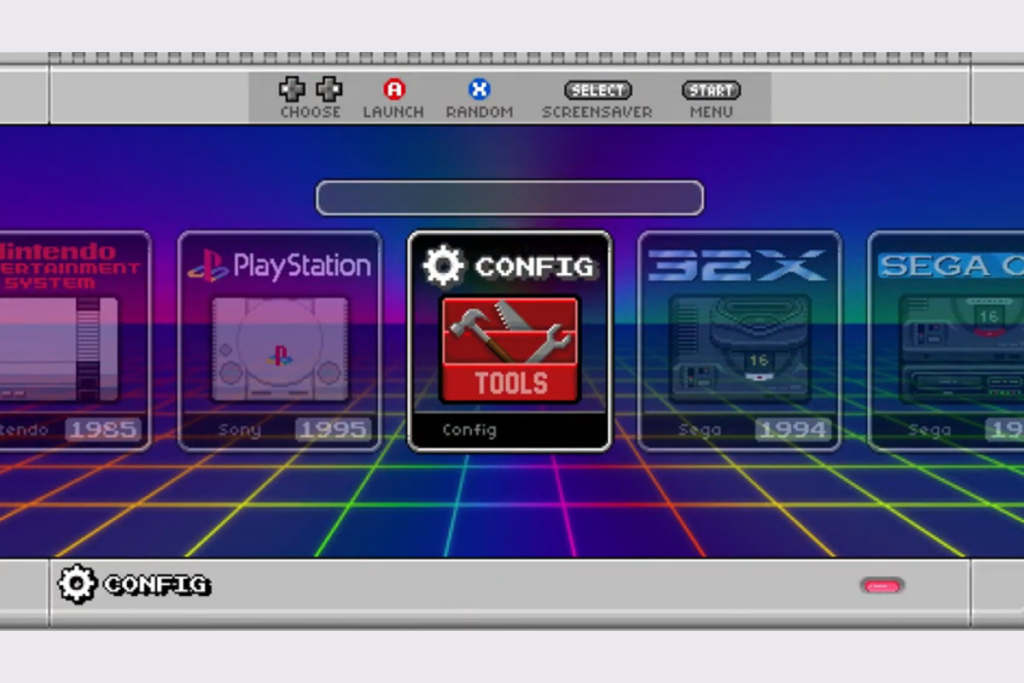
Configuring Controller RetroPie
To do controller configuration, you first need to download the latest version of RetroPie from its official website.
Once you’ve installed RetroPie, you’ll need to make sure your controller is connected to your computer before continuing. If it isn’t already, plug it into your USB port and turn it on.
You will need to hold down any button on the game pad or keyboard, then the name should appear in the bottom corner. It should then open onto the configuration menu.
This will open up the input devices menu. Scroll down until you see “Controller”. Select it and press the OK button. This should bring up a new window where you can select your controller. Press the OK button again to confirm.
Now, let’s go back to RetroPie and click on the Settings icon (the gear). A new window should pop up asking for permission to access your system settings. Allow it to proceed.
Now that you’re in the settings menu, scroll down until you see “Controllers” and then click on it. In the next window, you’ll want to select the controller you just plugged in. Press “Ok” when finished and close the window. That’s basically all there is configuring controllers.
The Concept of the RetroPad
RetroPad is not a physical thing, and it does not have physical buttons. When you are configuring your controller in EmulationStation, the setup script for the RetroPie automatically begins to configure RetroArch with the same controls.
RetroArch controls the actual emulation program RetroPie uses. You will use a virtual joystick and four keys as input while playing through these games (see also ‘How Does Parsec Work?‘). These virtual buttons work exactly like they would if you were using your physical controller.
The RetroPad does not exist as a physical thing, but is actually a concept that exists in RetroArch only.
These RetroPads have an ABXY layout much like a Super Nintendo Entertainment System controller, as well as four shoulder buttons and dual analog sticks, just like a Sony DualShock.
When configuring, you do not need to map every button on the RetroPad to a real world button that you have. It doesn’t matter if the controller you are using has fewer buttons on it than a DualShock, as the RetroPad will also have fewer buttons.
What if RetroPie Doesn’t Recognize My Controller?
If RetroPie doesn’t recognize your controller, you will first need to establish that there are no hardware faults that should be obvious. Any hardware faults could cause the disconnection. Check that the cable is fully inserted into the port without using excessive force.
Any excessive force could lead to the cable breaking, or damaging the port. You check that the controller is not broken by testing it out on a different device. If the controller does not work on another device, there is a good chance that your controller is faulty.
If, however, your controller seems to be working fine with other devices, there is the possibility of your controller simply not being compatible with the Pi. Try unplugging your controller and re-inserting it, restarting your Pi if needed, and running RetroPie again.
If this problem persists, contact the developer directly for assistance, or you may be able to get support through third party online communities like Reddit. There will always be other people who have experienced the same issue, and you are likely to find answers to your issues there.
Another option would be to try a different set of controllers; some models might not work at all or only partially. Again, try connecting several types of controllers to your Pi, including those made specifically for use with Raspberry Pi. Some popular controllers include:
- SNES (Super Nintendo Entertainment System)
- Pikmin 2 (Nintendo Gamecube)
- XBox 360 Controller
- Playstation Dualshock 4
- PS4 Controllers
Delayed or Slow Controller
If the connection between your controller and program seems to be delayed, don’t worry. This is a pretty common issue for wireless controllers, but can also happen to wired ones, too. To isolate the concern, you should try using the controller on a different device.
Once you’ve confirmed that the controller works on another device, then you know the problem isn’t caused by the controller itself.
The last option is that the controller is incompatible with the operating system. In this case, you’ll want to contact the manufacturer of the controller for help. They may provide a driver for the controller in their software package.
How Do I Use A USB Keyboard With RetroPie?
There are many ways to connect a keyboard to your Raspberry Pi. One method is to use a USB hub. Another way is to use a USB extension cord.
The advantage of the latter is that you can move the keyboard around easily while still having full access to the ports on the back of the Pi.
A third option is to use an external keyboard. These keyboards usually plug directly into the USB port on the front of the Pi. However, they do require power from the Pi’s USB port as well as the keyboard’s own battery.
Depending on how much power you’re willing to give up, these options can be quite useful.
Final Thoughts
Controllers play an important part in playing games and immersing ourselves in different worlds. If you are having trouble configuring your controller in RetroPie, follow the steps mentioned above and hopefully your issue will be resolved.
Alternatively, if you are unable to solve the issue, seek help on places like Reddit where there are threads dedicated to resolving issues like this. Good luck!
- How To Uninstall Packages On Ubuntu - March 13, 2024
- How To Restart Ubuntu Using The Terminal - March 13, 2024
- What Is The Steam Deck | Experience Modern Handheld Gaming - March 12, 2024

